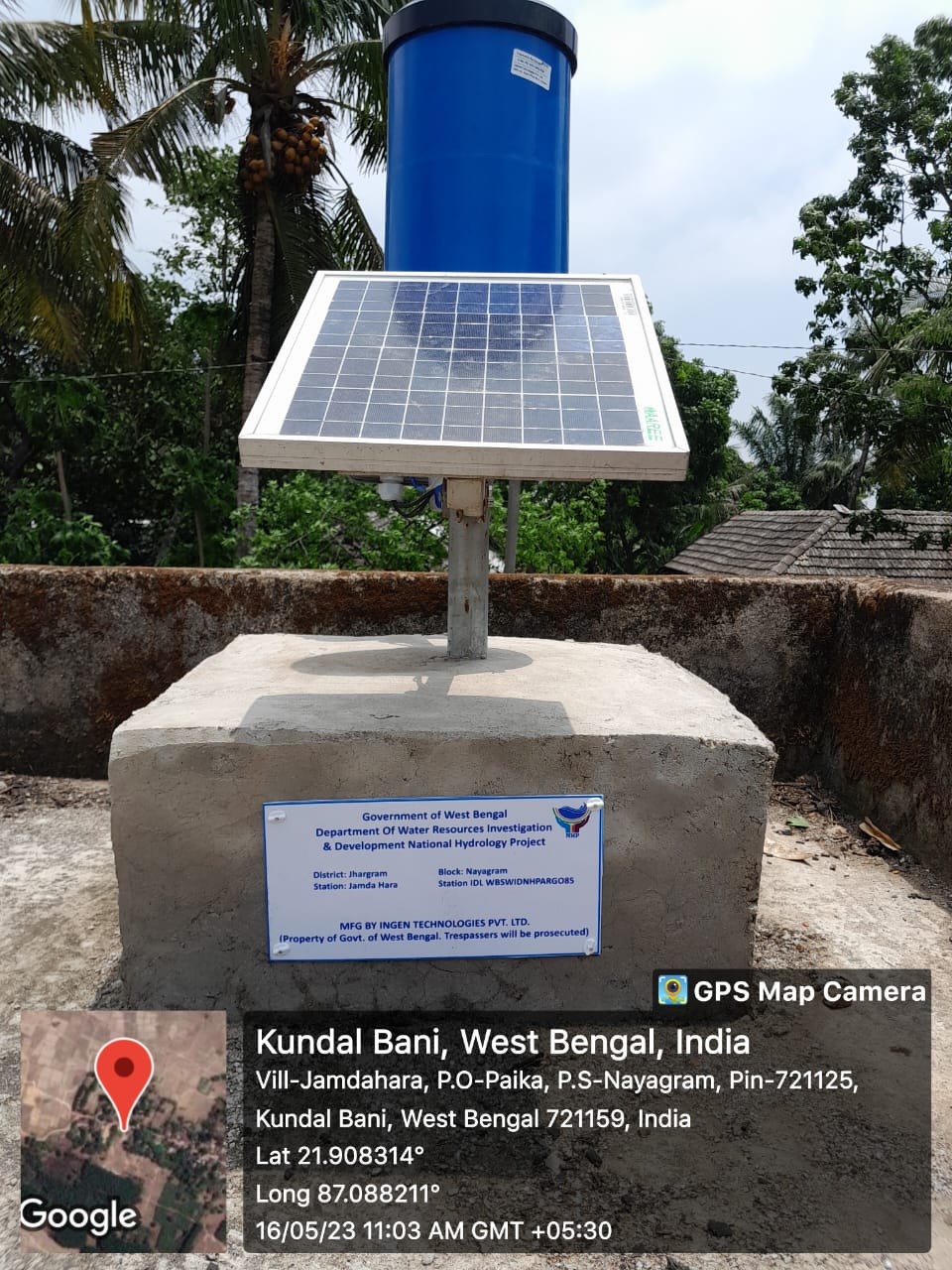Solar-powered automatic rain gauge utilizes solar energy as its power source. It combines the convenience of automated rainfall measurement with the sustainability of solar power, allowing for continuous operation without the need for external electrical power or frequent battery replacements.
Here are the key components and features of a solar-powered automatic rain gauge:
- Solar Panel: The rain gauge is equipped with a solar panel that captures sunlight and converts it into electrical energy. The solar panel is typically mounted on top of the rain gauge or integrated into its design. It generates power to charge the internal batteries or directly power the rain gauge’s electronics.
- Battery Storage: A solar-powered rain gauge includes a rechargeable battery system that stores the electrical energy generated by the solar panel. The battery acts as an energy reservoir, ensuring continuous operation even during periods of limited sunlight or during nighttime. It charges during daylight hours and powers the rain gauge during low-light conditions.
- Tipping Bucket Mechanism: The rain gauge uses a tipping bucket mechanism, as mentioned earlier, to measure and record rainfall. The tipping bucket mechanism detects and counts tipping events, converting them into rainfall measurements.
- Data Logger or Controller: An integral part of the rain gauge is the data logger or controller, responsible for recording and storing the rainfall data. It may include internal memory or support external storage options like SD cards or flash drives. The data logger also handles time stamps for each rainfall event, enabling accurate tracking of rainfall over time.
- Communication Interface: Solar-powered automatic rain gauges feature a communication interface, such as USB, Ethernet, or wireless connectivity (e.g., Wi-Fi, cellular). This allows for data retrieval, real-time monitoring, and integration with weather networks or data management systems.
- Mounting and Protection: The rain gauge is designed for outdoor installation and includes mounting brackets or poles for secure placement. It is typically housed in a weather-resistant enclosure to protect the electronic components from environmental factors like rain, wind, and debris.
- Calibration and Maintenance: Regular calibration and maintenance are necessary for accurate measurements. The tipping bucket mechanism should be periodically checked against a standard reference rain gauge, and the rain gauge’s components should be cleaned and inspected to ensure proper functioning.
Solar-powered automatic rain gauges offer several advantages, including reduced environmental impact, lower operating costs, and increased reliability due to the continuous availability of power. They are commonly used in remote areas or locations where access to electrical power is limited or unreliable.
